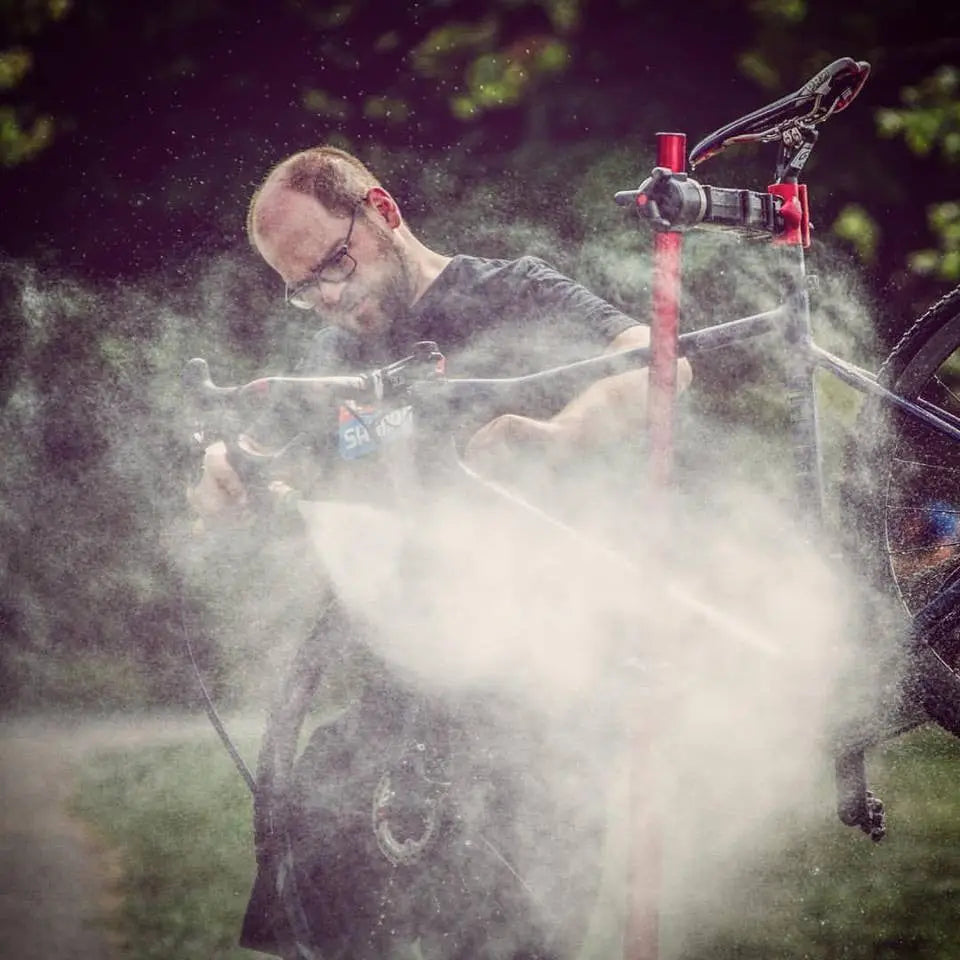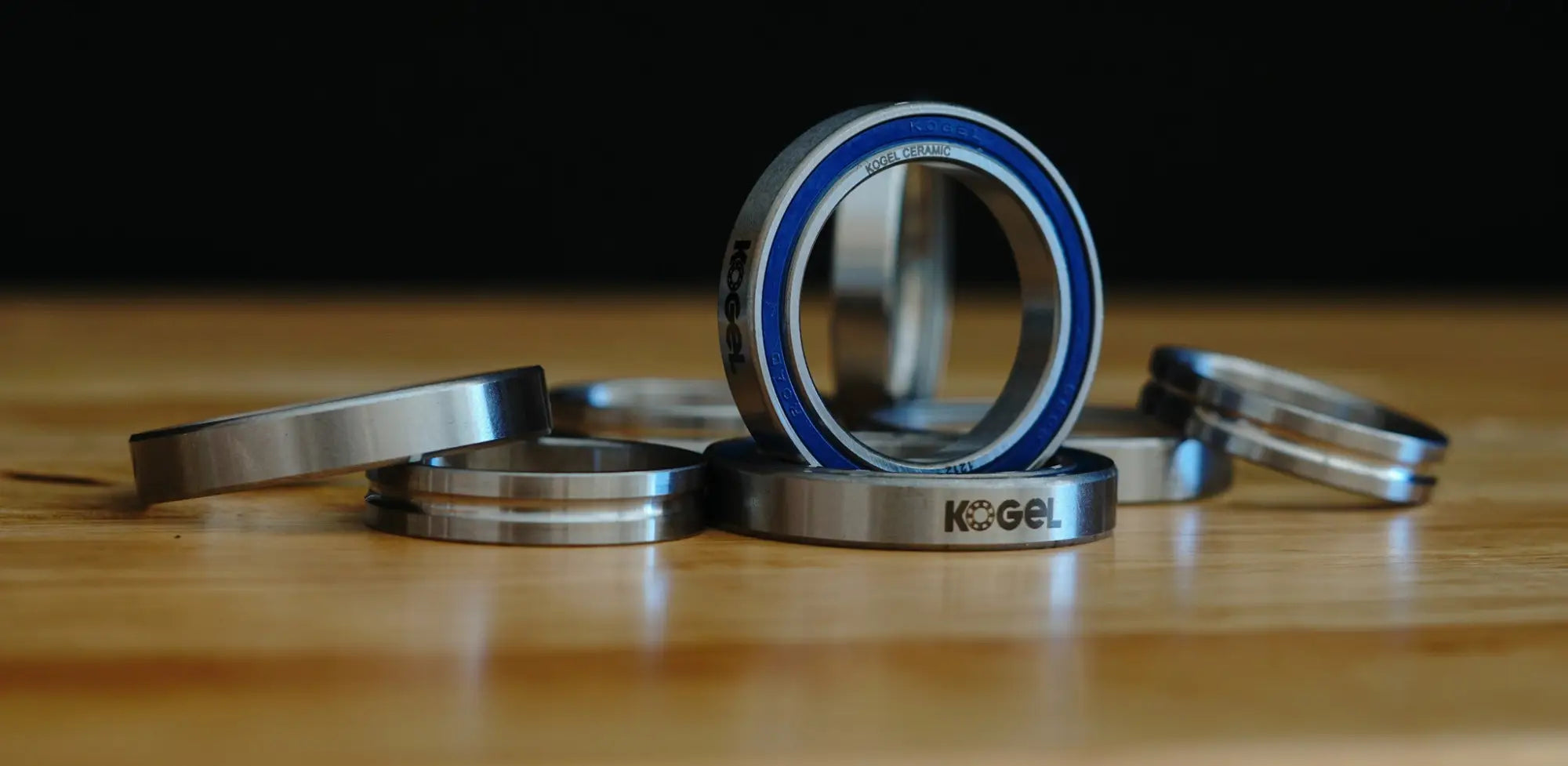In part one of this article, we covered the cost and lifespan of ceramic bearings. Part 2 will look at the maintenance and performance benefits.
Ceramic bearings require a lot of maintenance
The reasons why ceramic bearings need a lot of maintenance is twofold: either you are trying to save worn out bearings, or the bearings have been contaminated due to the seals not matching your riding style.
Typically riders and mechanics want to service bearings when they feel gritty (test this by spinning the inner race, while the outer race is fixed in the frame or wheel). There are two main causes for grittyness:
- The balls and races are damaged. Balls being not as round as they used to, or the groove that the balls run on being full of bumps will cause a bearing to feel everything but smooth. The cause of this lies either in poor quality or poor installation. Make sure you trust your manufacturer and mechanic and everything should fall into place. Needless to say that this problem cannot be solved with a fresh coat of grease. You need a new set of bearings.

- The team mechanics of the Maxxis-Shimano cyclocross team don't always have time to worry about bearing contamination. It's the middle of the race and the bike change happens in 2 minutes from now. Kogel ceramic bearings with cross seals resist their abuse for an entire season.
- Contamination means that dirt made it past the seals and is now sitting inside the bearings, mixed with whatever grease you still had in there. If you catch this problem early, it is an easy fix with a bearing service and a new seal kit.
Imagine a track bike built for the velodrome, a road bike and a mountain bike. All three bikes will be used in very different environments, requiring a different level of protection. For this exact reason we have offered Kogel Bearings with two seal types since day one.
Ceramic Bearings do not make a difference
Plenty of research has been done to determine the benefits of changing from one bottom bracket to another, swapping pulley wheels or changing the grease formula in your bearings. The watts to be gained are typically in the low double digits for a full bearing upgrade. Whether that is worth the money spent is a personal decision.
In my personal opinion, it depends mostly on the bike. If your ride had a price tag under $1500, there is a good chance you better spend the $500 for a set of Kogel Bottom Bracket, pulleys and wheel bearings on the contact points. Exchanging the average handlebar, grips and saddle with high quality ones will do a lot more for your riding pleasure than buying better bearings.

- If you are buying a custom wheel set with a top-end hub, a premium bearing upgrade will be a nice addition to your build list.
If your bike's price tag was in the $3000 area, chances are that your contact points are already of a high quality and your wheels are not the heavy metal hoops that come on cheaper bikes. This is where bearing upgrades start to make sense. you will get more performance benefits out of upgrading your bearings then you will get out of upgrading your derailleurs from Ultegra to Dura Ace.
Almost every cyclist I ever met has been on a search to make their bike go faster with less effort. High quality bearings will do just that, but keep in mind that for some bicycles there are upgrades you should buy first.

